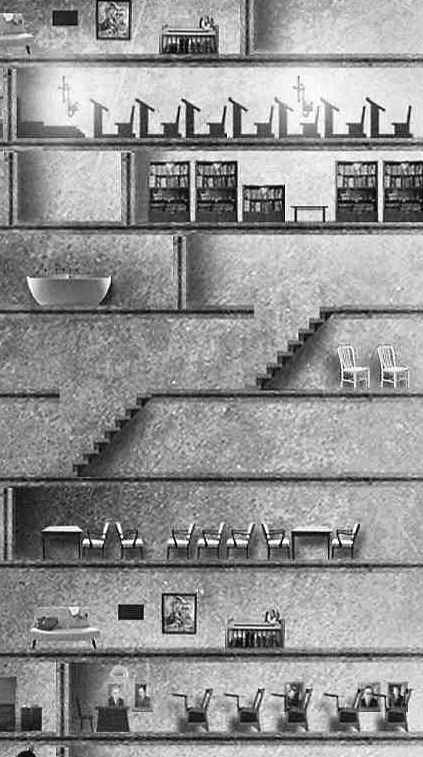5. Pacing
When I need to make time pass, I often do it at the beginning of a chapter. The beginning of a section would work equally well. It seems more natural to take up a new pace when starting up again after a break. That is, the new pace of telling over time in several paragraphs.
I never have any trouble zooming in smoothly from telling to dramatic presentation, it’s the zoom out I don’t like. When a chapter has involved the reader in moment-by-moment action, it feels like a lowering of intensity to tell over the following hour or afternoon—without a break.
The break makes all the difference. The first paragraphs after a break can be a getting ready and gearing up again.
For example, if one chapter ends with Harry and Cath falling asleep in their tent, the next can start by rapidly telling over events in the morning … getting dressed, cooking, washing, packing up the tent, all the things you probably don’t want to dwell on. Then you can zoom in when Harry and Cath set off again, and build to a scene of some dramatic encounter, some exciting or important action.
Side-note. Of course, it would be monotonous if every chapter started in the same way. Better to ring the changes: sometimes a plunge into the action, sometimes a character’s non-dramatic thinking, sometimes dialogue with no named speakers for several lines … and sometimes, telling. Variety is the great principle!
For me, slipping in several paragraphs of telling-over-time is easy at the beginning of a chapter, difficult in the middle and second easiest as the end. Material at the end doesn’t break the back of the chapter’s trajectory, but comes in as a sort of end-piece.
Here are the last few paragraphs of a schoolroom chapter in Worldshaker –
Mr Gibber yawned and sat behind his desk. From time to time, he reached down to his wastepaper basket and appeared to be patting something inside.
‘That’s Murgatrude.’ Hythe leaned forward to whisper from behind. ‘The Gibber’s pet.’
Murgatrude made a deep rumm-rumm sound, somewhere between the purr of a cat and the growl of a dog.
The afternoon wore on. Fefferley and Haugh took pillows out of their desks, laid down their heads and fell fast asleep. Some students amused themselves by flicking little inked balls of blotting paper at one another; some tried to repel the attacks by building defensive walls of books on their desks.
Still Col couldn’t get the memory of Riff completely out of his mind.
Lowering intensity—but you can wind down at the end of a chapter, just as you can wind down at the end of a whole novel.
INSIDE THE JUGGERNAUT (Mr Gibber's classroom is on the bottom level)

|





